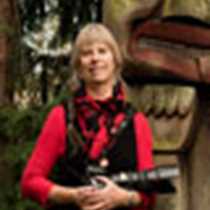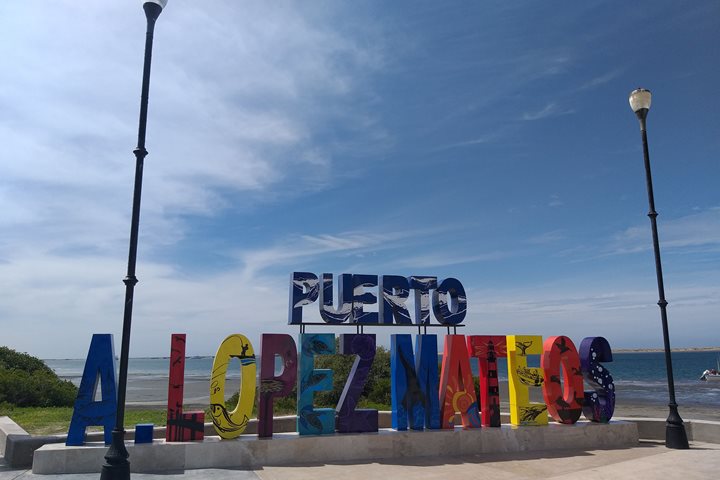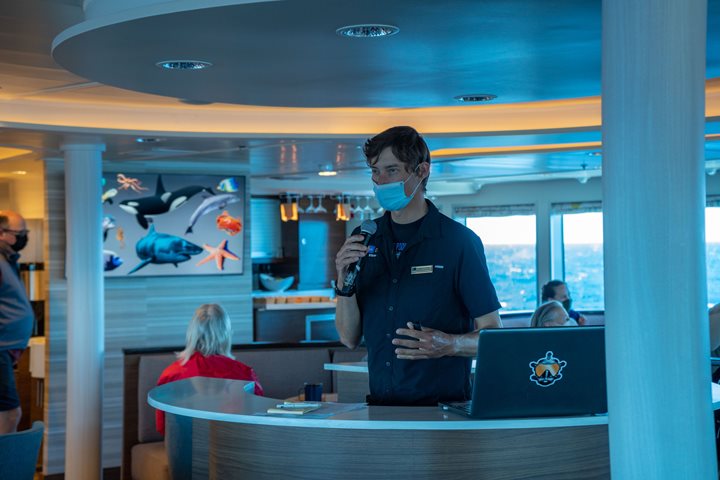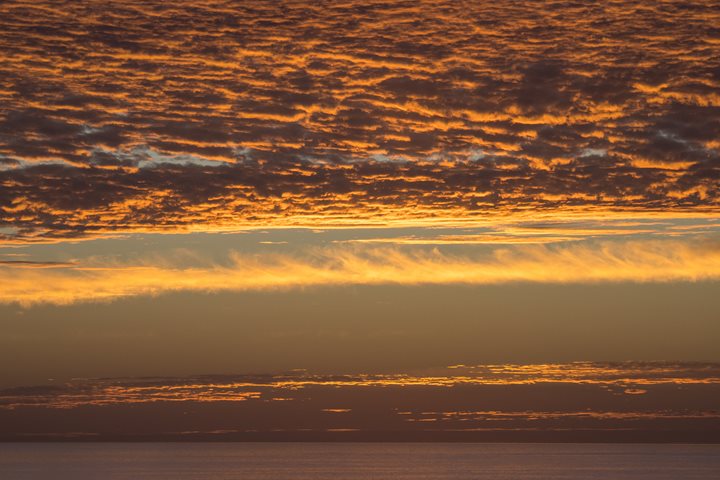As the sun rose in the eastern sky, the National Geographic Sea Bird was making her way north along the eastern side of the Baja Peninsula. It had been a bumpy night of cruising into the prevailing wind patterns...riding short waves up, over, and down! In the early morning hours the seas laid down slightly, and for many on board it afforded a chance to drift into a rocking sleep. At 7:00 a.m. our expedition leader made her customary wake-up call, “Sixty-six degrees, light wind, as the Sea Bird continues her journey north, with Isla Margarita just in sight.” Due to sea conditions our entry into La Entrada would be slightly later and we would continue our journey throughout the morning, being gently rocked by the Pacific Ocean as we moved north along the western side of one of the five barrier islands that protect the waters of Bahia Magdalena. The bay covers approximately 260 square kilometers and is composed of quiet, uncharted small canals and islands typical of a large coastal lagoon.
Once inside the bay, the wind and chop subsided tremendously and we continued making our way toward the northern entrance of Hull Canal or Canal de Soledad. In the late morning the Sea Bird slowed so that our pilot Alejandro Comacha was able to tie off his panga to the stern of the ship and continue to the bridge where he would be piloting the Sea Bird through the narrow waters of Hull Canal.
As lunch was finishing we were all invited to the bow to begin an afternoon of bird watching in the mangroves that line both sides of the Hull Canal. At the narrowest point called Devil’s Elbow the tides flow both south to La Entrada and north toward the Boca de Soledad. Many watchful eyes were on the bow as blows were seen in the waters to the north! Many, many California gray whales could be seen surfacing for air, spy hopping, rolling, showing pectoral flippers, flukes, and of course, the tiny blows of the baby gray whales could be seen as they traveled along side their mothers in the safe nursery waters of Bahia Magdalena. We approached slowly into a soup of whales...slowed slightly, as regulations prohibit actual whale watching from our large ship!
In the northern waters of the Boca de Soledad, a small community came into view. Lopez Mateos is a fishing and whale watching community of 7,000 people where our pilot Alejandro Comacha has lived his entire life. Slowing again, the Sea Bird made ready to release Alehandro’s panga and continue a short distance to our anchoring site just inside the northern tip of Isla Magdalena.
It was late afternoon, and time to spend the last light of day ashore for a sunset walk! Expedition landing craft were dropped, and our entire group were ferried over to the eastern beach of Isla Magdalena...a few went off over the dunes for an aerobic walk. A few more joined one of our naturalists for an interpretive walk into the dune environment. A few more wandered down into the mangroves to watch roosting cormorants and frigatebirds begin their return for the evening...and many a happy soul wandered barefoot in the sand, listening to the surf, and the call of birds from above and along the shore. The sun continued to move rapidly west towards the waves of the Pacific bringing gold, orange, and red to the sky; red sky at night, sailors delight! Our hopes were high for the following day in the nursery world of gray whales.







